
The unique Anglo-Saxon cross from the detectorist's hoard has regained its original appearance after three years of cleaning
Categories: Treasures , Finds and rescue research abroad , Nálezy nejenom s detektorem ve Velké Británii a Irsku
When Derek McLennan discovered the so-called Galloway Treasure in 2014 with his CTX 3030, it was a huge event that literally took the world by storm. Over time, we were able to watch videos of the recovery of one of Scotland's greatest treasures, and later waited with baited breath for thethe CT scan of the contents of the unique Carolingian pot, from which conservators then extracted hundreds of beautiful gold and silver artefacts... And today, we're witnessing another success story: The presentation of a 9th century silver and gilded cross in its original glory.
The most famous artefact from 'Galloway Hoard' has been completely cleaned, restored and presented in its original period appearance by experts from National Museums Scotland. The Greek cross is decorated with ornaments with black enamelling and gilding - a typical art form of the late Anglo-Saxon style. Each of the arms bears the symbols of the four evangelists surrounded by floral designs. The cross was made in Northumbria in the late 9th century. It is extremely rare - only one other Anglo-Saxon cross is known from this period, but it is not nearly as intricately and elaborately decorated.
"Cleaning has revealed that the cross from the Galloway hoard has a typical late Anglo-Saxon artistic appearance. It looks like the type of objects that were used at the highest levels of society. It was customary for first-born sons to become lords and rulers, while second-born sons often became estate managers or high-ranking clerics. It is likely that he belonged to one of these aristocratic families," said Dr Martin Goldberg - Chief Curator of Early Medieval Collections. "The cross also survives with an intricate spiral chain for hanging around the neck. Its wear and tear suggests that the cross was used extensively. One could almost imagine that someone had taken it off the neck, then wrapped the chain around to bury it in the ground. It has that kind of personal touch," Mr Goldberg added.
When Galloway Hoard was discovered in 2014 with the help of a metal detector, the cross was lying in the top layer of the hoard. It and the chain were caked with dirt and heavily settled dirt. The chain's thin silver wire, less than a millimetre in diameter, was wound around a centre of organic origin - analysis identified the core of the chain as animal intestines. Cleaning the tightly coiled spiral and the enamel grooves of the cross presented a formidable challenge. The restorers cleaned the deposited dirt using a porcupine quill and scalpel as carefully as possible to avoid damaging the material and decoration.
National Museums Scotland took possession of the treasure in 2017 following a successful fundraising campaign through donations from the public, not-for-profit organisations and the Scottish Government. A total of 57 million crowns was raised at that time! Since then, restorers have been working to clean and conserve items from the hoard, which numbers over 100 pieces: from jewellery to ingots to a Carolingian pot. They are also trying to preserve its extremely rare organic elements - such as the aforementioned gut string in a spiral chain or the fabric found inside the pot.
The largest and most significant Viking Age treasure yet discovered in Scotland since 1891 will be on display from 19 February next year at the National Museum of Scotland in Edinburgh. Museum officials are emphasising the phrase "Viking Age" because although the hoard dates from the Viking Age, its composition is diverse, made up of artefacts from many different areas. This designation is therefore more accurate than the earlier term 'Viking Age'.
"In the early 10th century, new kingdoms emerged in response to the Viking invasions. The dynasty of Alfred the Great laid the foundations of medieval England and Albion. The later kingdom that became medieval Scotland is also first mentioned. Galloway was then part of Anglo-Saxon Northumbria. In Irish chronicles it was called the "Saxon coast" until the 10th century. But the area was to become the manor of Galloway, named after the Galla-Gaedil, a people of Scandinavian origin who spoke Gaelic and dominated the Irish Sea area during the Viking Age. The mixed material from Galloway Hoard is an example of this dynamic political and cultural environment," explained curator Goldberg.
A final note: I personally never cease to be amazed by Galloway Hoard. I first wrote about him in 2014 and it still gives me chills to see what one detective's "beep" has done. Some of the treasure has already travelled the world in travelling exhibitions. Every year, new information comes to light and pieces of the puzzle come together to has had a huge impact on scientific knowledge and understanding of the Anglo-Saxon world of the Viking Age. If you are interested in the history of this treasure, and the equally interesting story of the finder, search for Derek McLennan on hunterpokladu.cz.
Roman Nemec

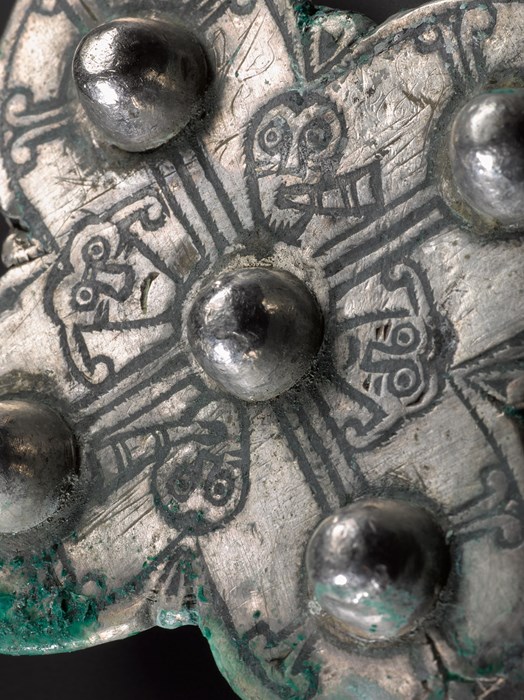
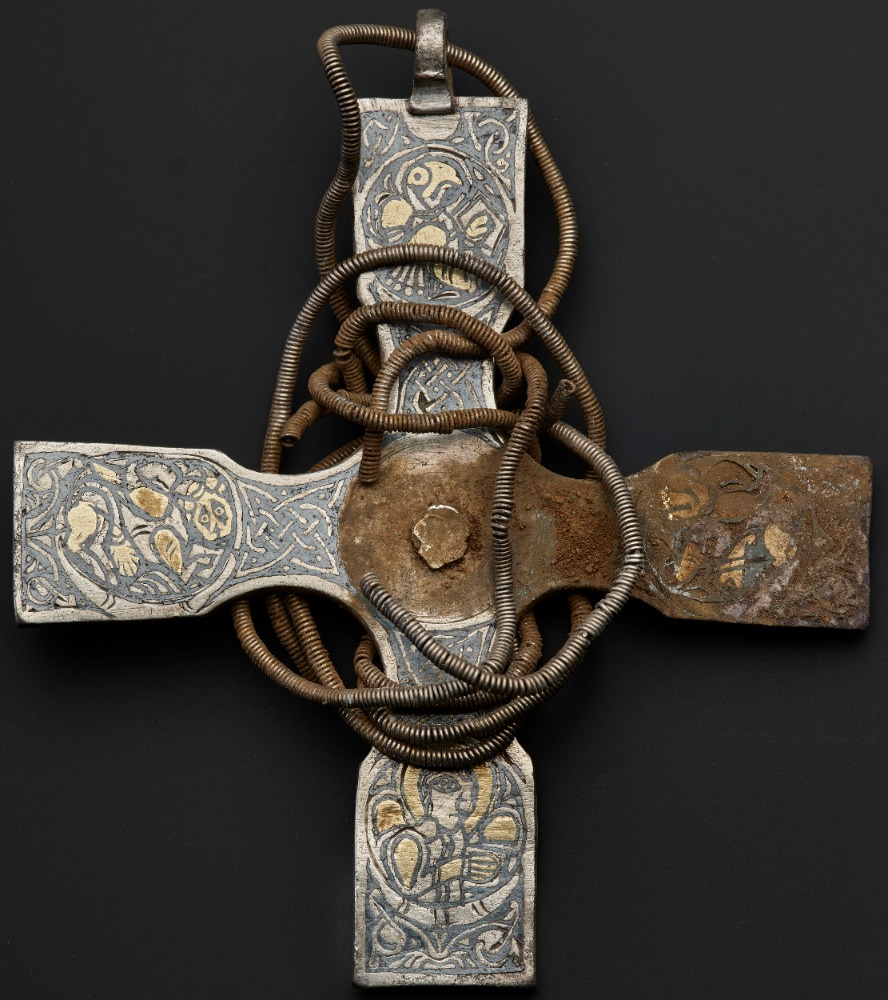


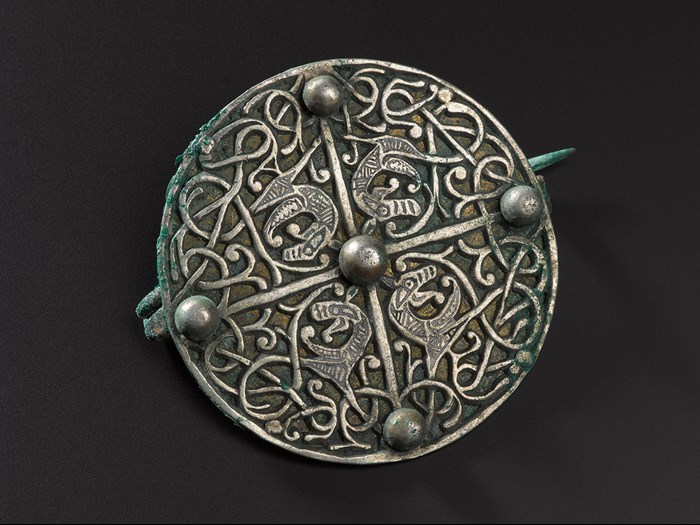

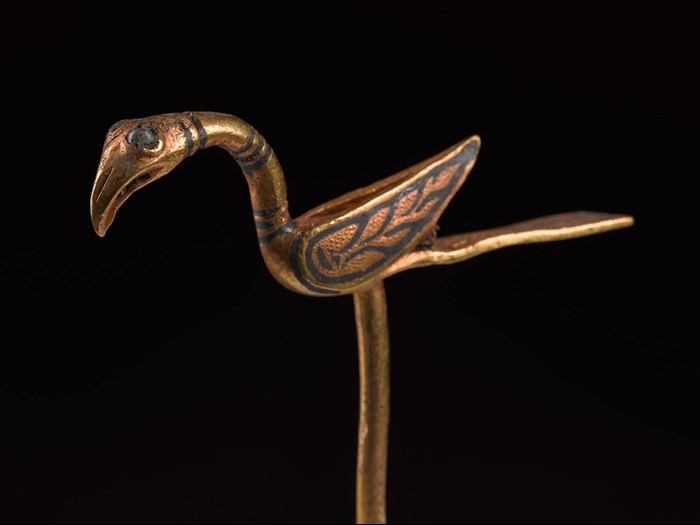
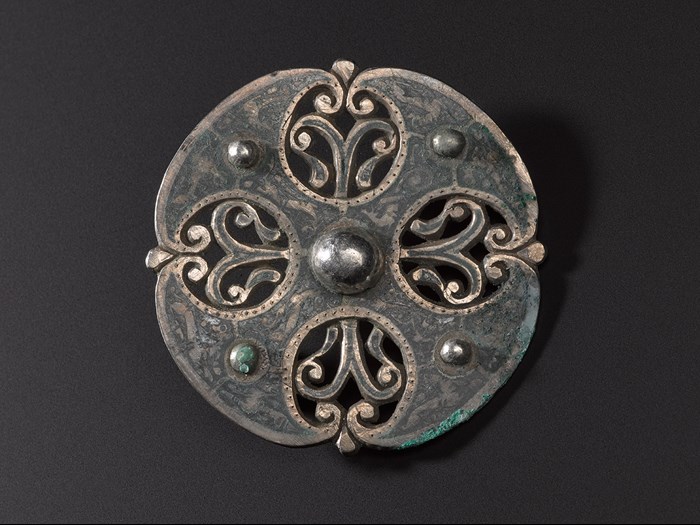
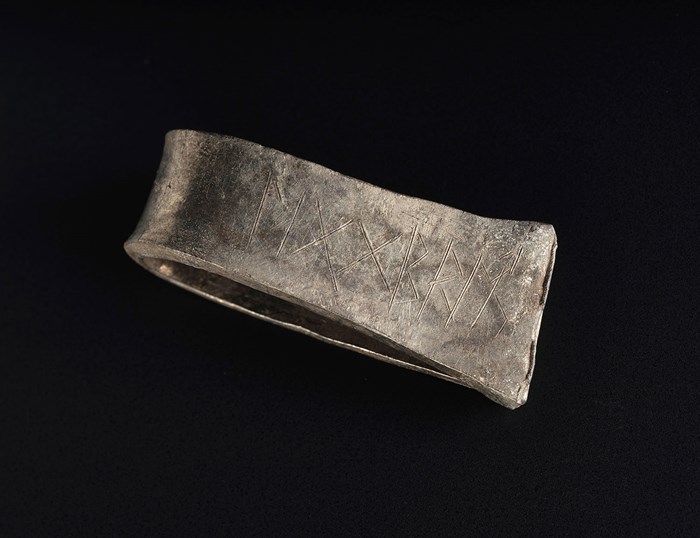
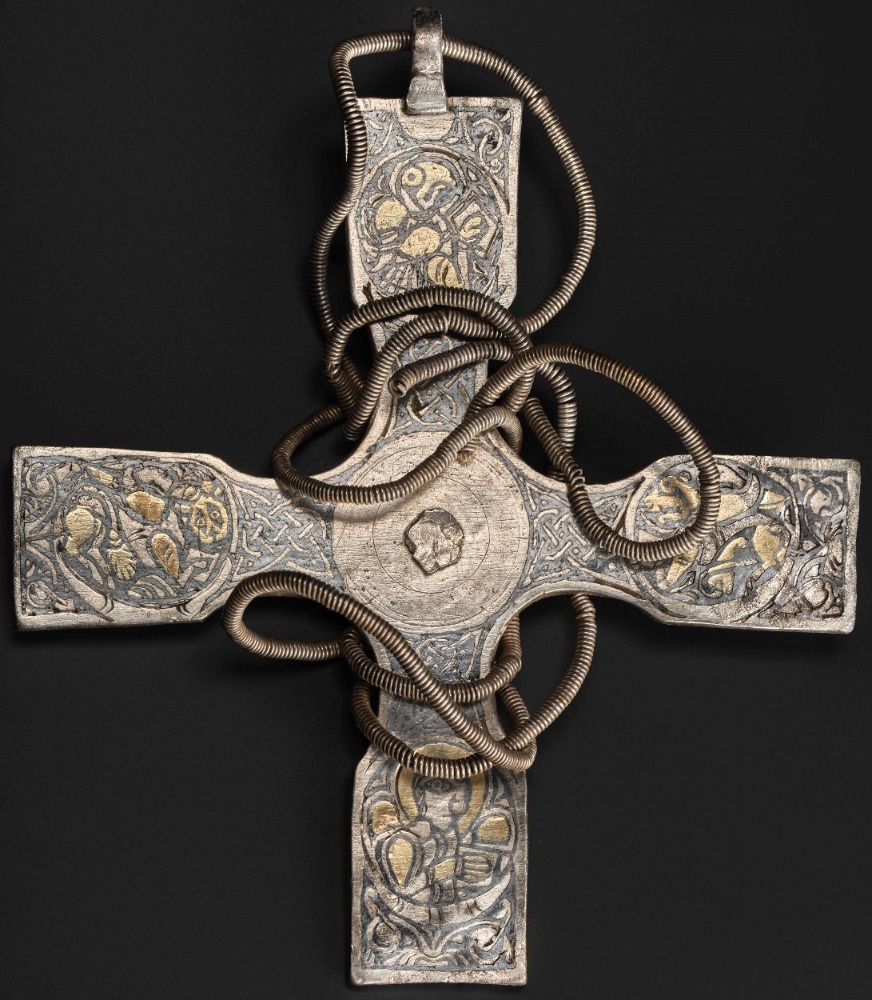
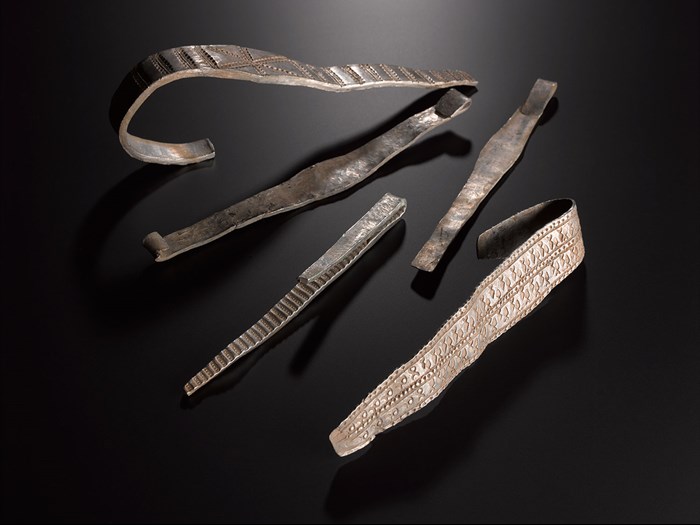

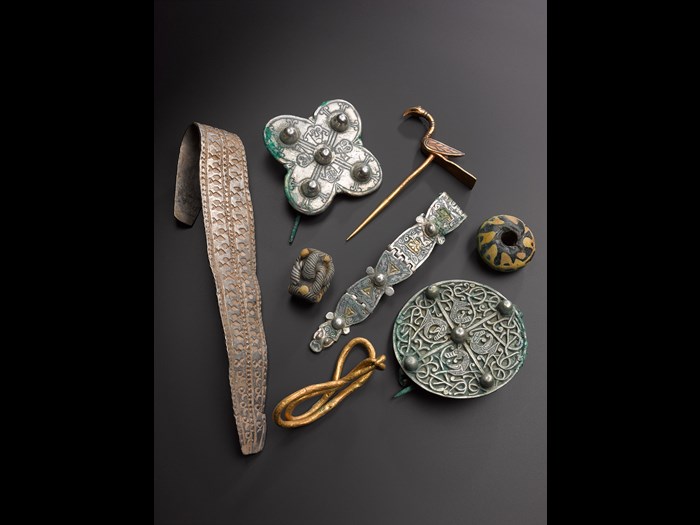
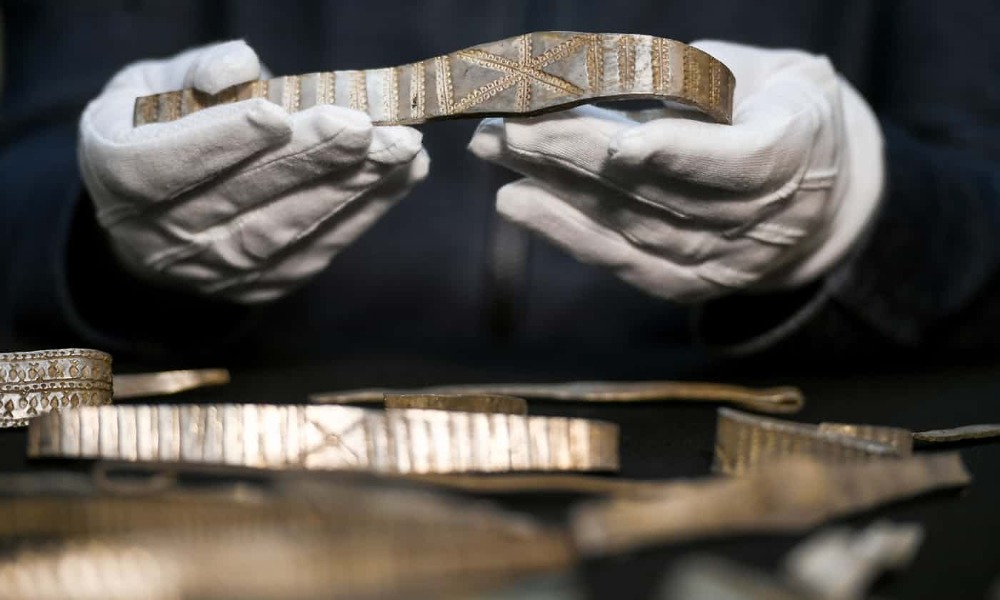
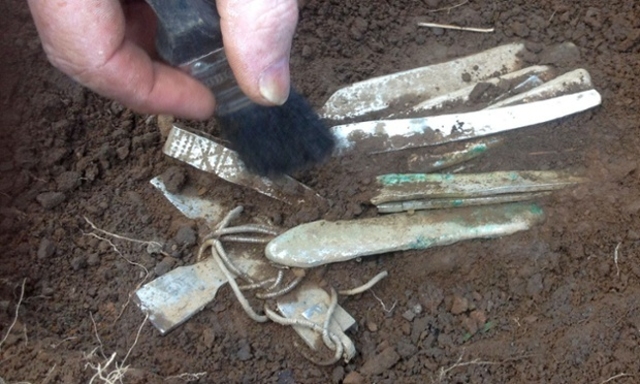
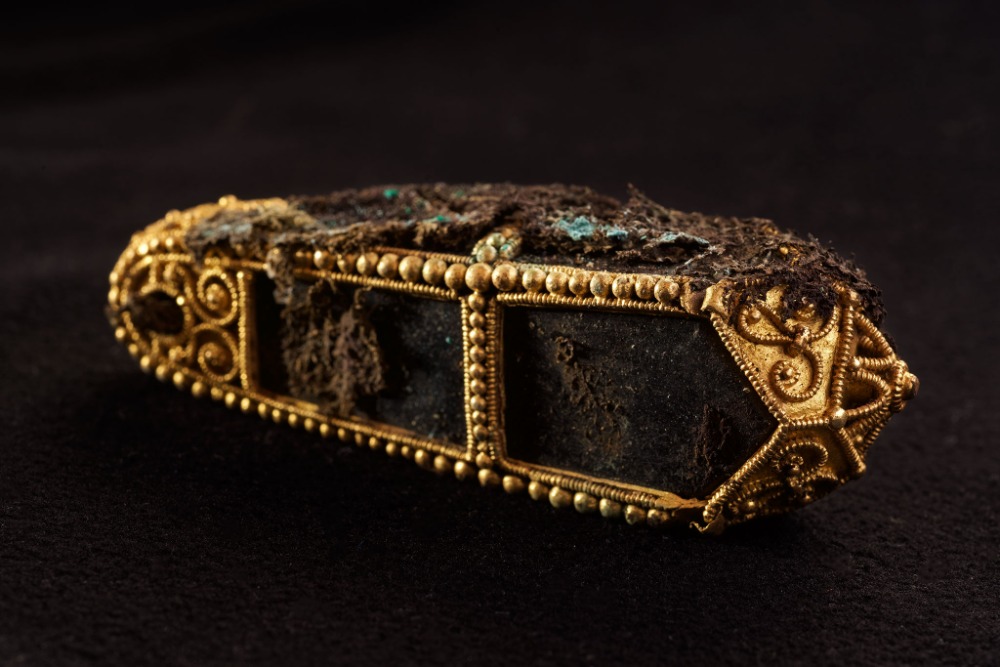
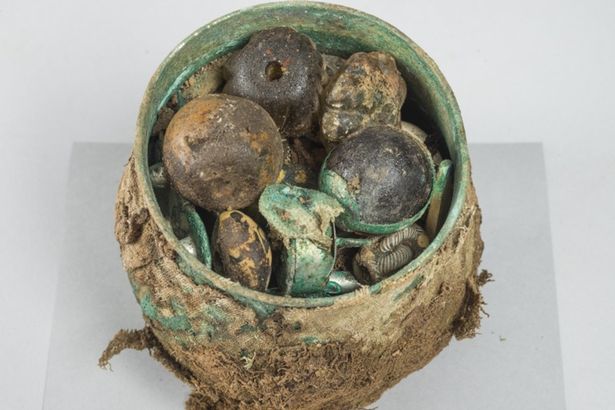
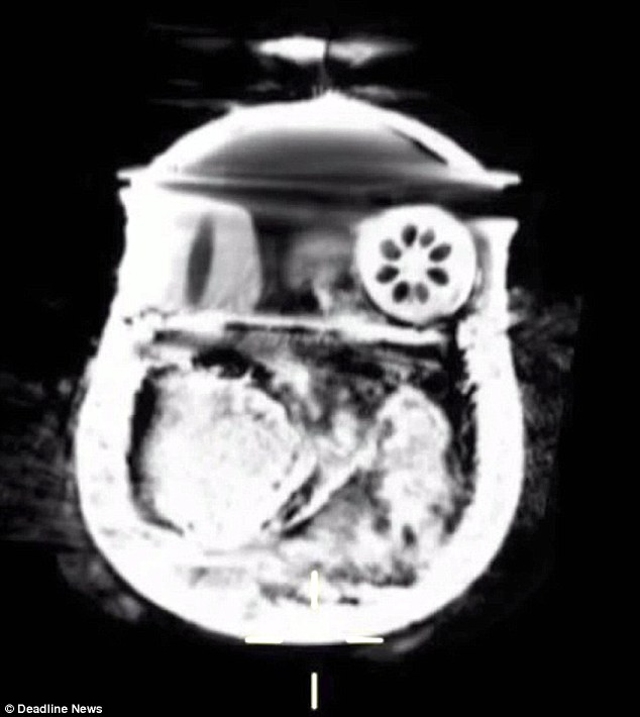
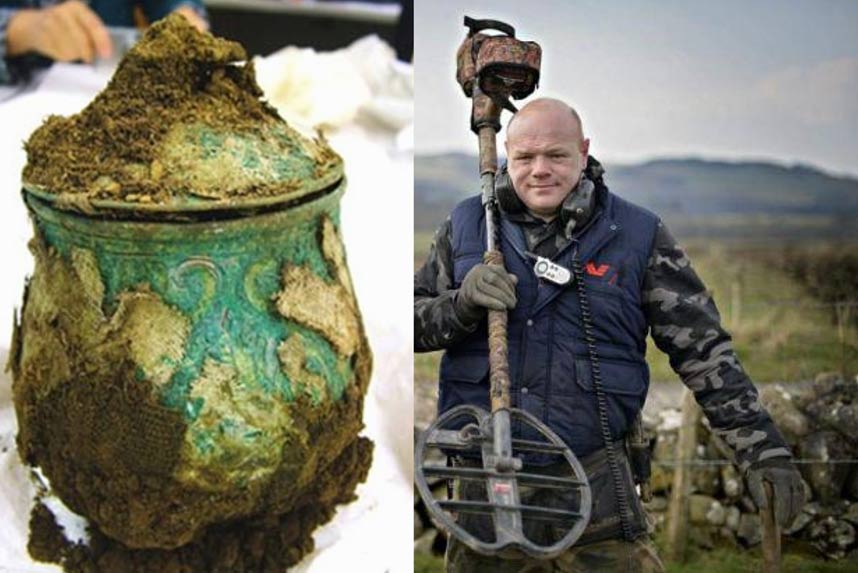
Derek McLennan
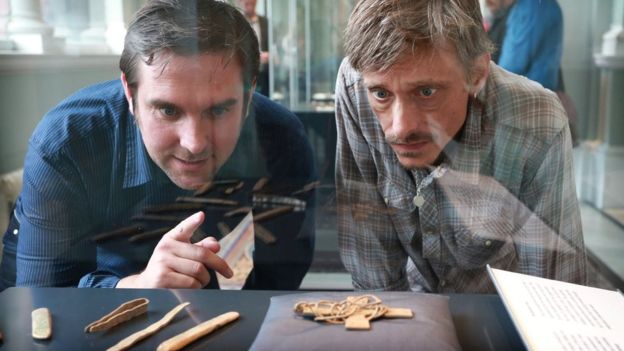
You'll recognize the handsome guy on the right - he's looking at the treasure in the museum.
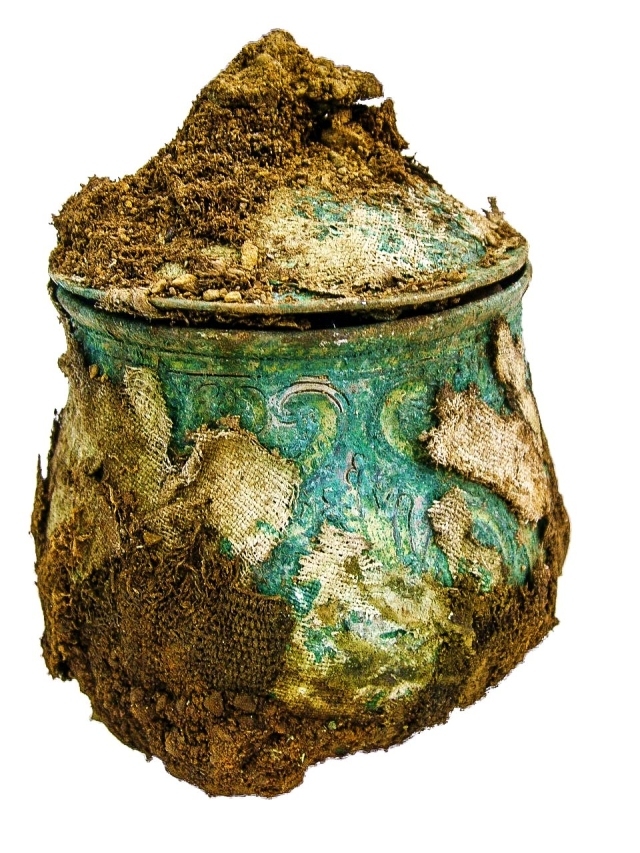
pot before the ct scan and opening
Sources: thehistoryblog.com, archaeology.org, nms.ac.uk
The article is included in categories:
- Archive of articles > Treasures
- Archive of articles > Archaeology > Finds and rescue research abroad
- Archive of articles > Archaeology > Finds and rescue research abroad > Nálezy nejenom s detektorem ve Velké Británii a Irsku
Post
Naprostá paráda! 
Nádhera pohledět 
Nádhera. To byl byl dobrý námět pro 4 řadu detektorist. Škoda, že nebude.
to je prostě paráda
Nádhera :O, je dobře, že nebyl "rozchvácen" jako se to stalo řadě nalezených a přihlášených nálezů v ČR v muzeích.
Jo, to se povedlo... Jedno cétéixko a hrnec plný parádních kousků historie... 
Mackenzie je prostě detektorář srdcař
Je krásnej, úplně mám chuť pustit si nějakou „anglosaskou“ epizodu Time Teamu. 
Feek:jj
Skvostné!  Anglosaský šperkařství je špice!
Anglosaský šperkařství je špice! 

Krásné.





















